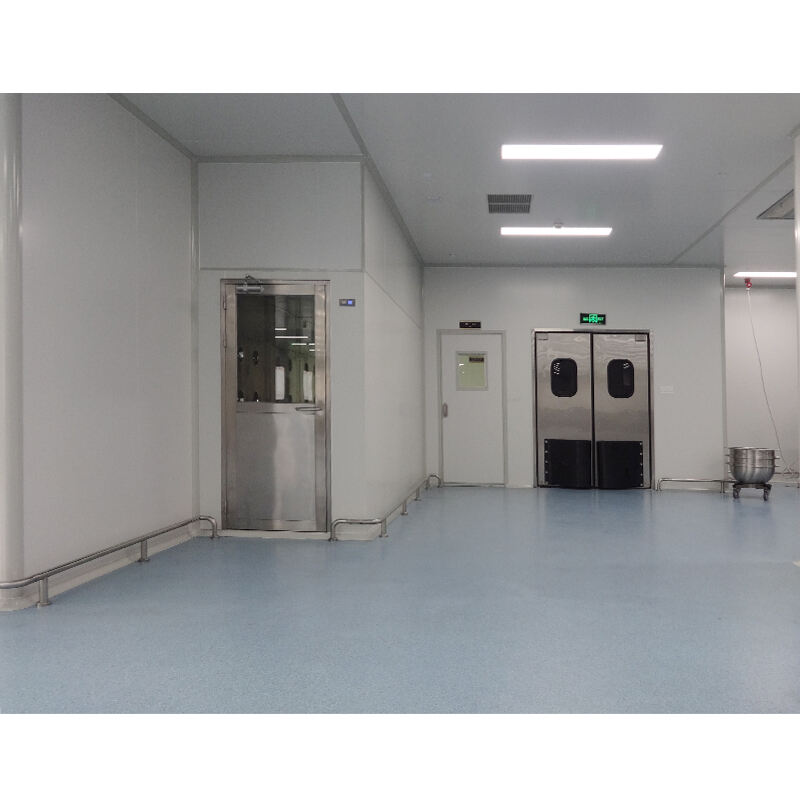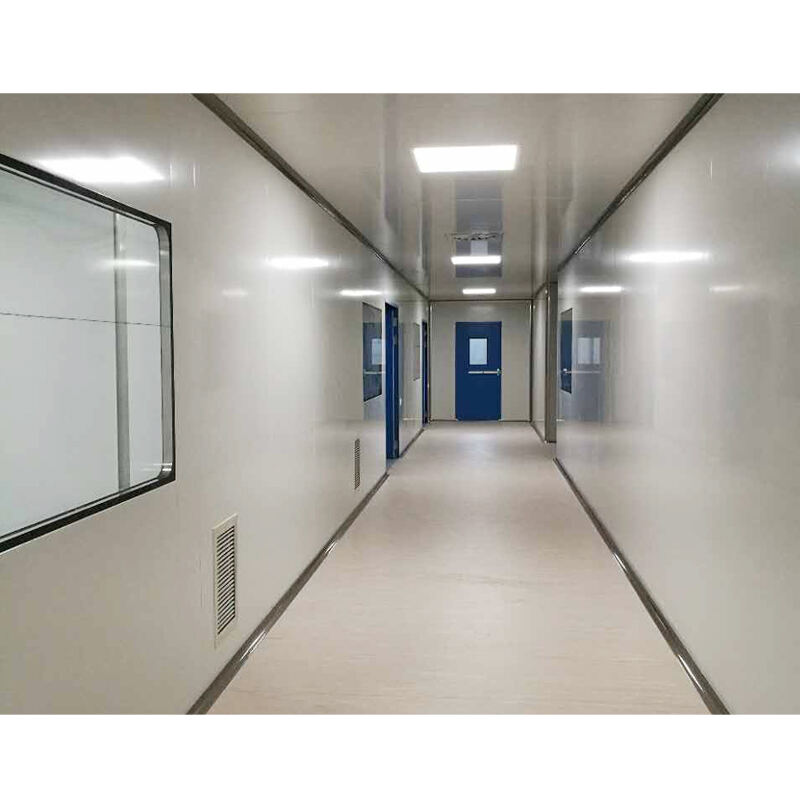clean air system
The clean air system represents a cutting-edge solution in environmental technology, designed to deliver superior air quality in both residential and commercial spaces. This comprehensive system utilizes advanced filtration technology that effectively removes airborne particles, including dust, pollen, bacteria, and harmful volatile organic compounds (VOCs). At its core, the system employs a multi-stage filtration process, incorporating HEPA filters, activated carbon layers, and UV-C light technology. The primary filtration stage captures larger particles, while the HEPA filter removes up to 99.97% of microscopic contaminants as small as 0.3 microns. The activated carbon layer specifically targets odors and chemical vapors, while the UV-C light technology neutralizes harmful microorganisms. The system operates continuously, monitoring air quality through smart sensors that automatically adjust filtration levels based on real-time air quality measurements. This intelligent adaptation ensures optimal performance while maintaining energy efficiency. The clean air system is designed for versatile applications, from residential homes and offices to healthcare facilities and industrial environments, making it a comprehensive solution for modern air quality challenges.


